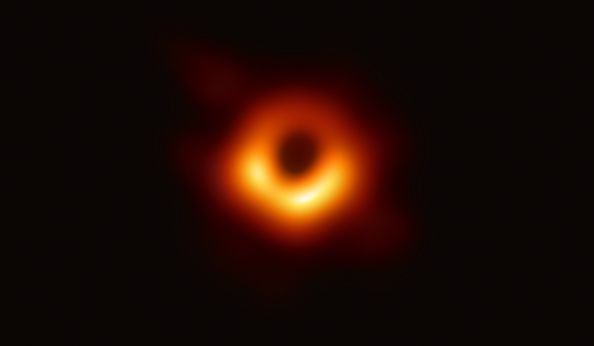Astronomers To Capture Live Footage Of Feeding Black Hole

Astronomers of the Event Horizon Telescope (EHT) are planning a new project that involves capturing the first live footage of a black hole as it devours its surroundings. The team of astronomers is the same one that provided the first photo of a black hole.
In April of this year, lead astronomer Shep Doeleman and his colleagues released the first actual photo of a black hole. The subject, identified as Messier 87, is characterized by its bright accretion disk, which is composed of the rotating remnants of dead stars, planets and other cosmic matter that the black hole devoured.
For the next project, Doeleman and the EHT astronomers are planning to use the observatory’s telescopes, which are scattered in different parts of the world, to film the supermassive black hole sitting at the center of the Milky Way galaxy.
Doeleman noted that the project, dubbed as next-generation EHT (ngEHT), will provide real-time footage of the black hole as it interacts with its environment.
“We can see the black hole evolve in real-time,” the astronomer told Business Insider. “Then we can understand how it launches these jets that come from its north and south poles.”
“We can see how it evolves with the galaxy,” he added. “We can even test Einstein’s gravity in completely different ways, by looking at the orbits of matter – not light, but matter – around the black hole.”
One of the black hole’s facets that the astronomers want to focus on is how black holes devour matter. For now, this aspect can be studied by observing the light emitted by the black hole after consuming cosmic objects.
Through the ngEHT, Doeleman and his team aim to capture live footage of the Milky Way’s black hole eating objects that come near it. The astronomers noted that filming this event will provide a better understanding of how black holes behave.
“Imagine you could see the black hole during one of those periods of activity,” Doeleman said. “You’d see exactly where that emission was coming from. Understanding how these things happen – it tells us everything about the black hole dynamics and how they feed.”
© Copyright IBTimes 2025. All rights reserved.





















